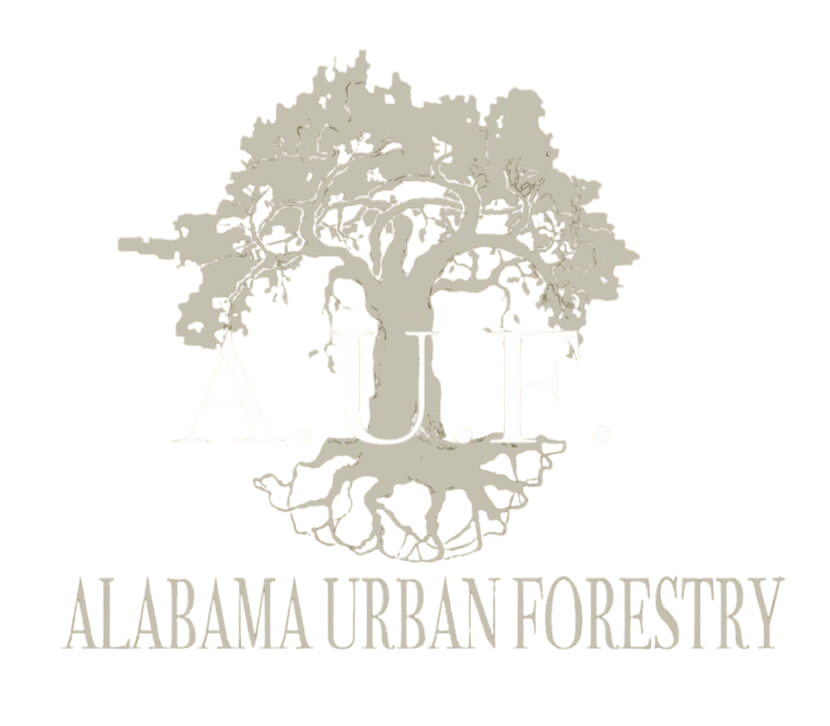Clanton, Alabama is known for its beautiful landscapes and abundance of trees. While trees provide shade, oxygen, and aesthetic appeal to our surroundings, they can also pose a potential hazard if not properly maintained. Identifying hazardous trees in Clanton is crucial to ensure the safety of residents and property. In this blog post, we will discuss how to identify hazardous trees and the steps to take to mitigate the risks they pose.
1. Look for signs of decay or disease: One of the most common indicators of a hazardous tree is the presence of decay or disease. Look for signs such as discolored or peeling bark, fungal growth, and dead branches. These are all indications that the tree may be compromised and at risk of falling.
2. Check for leaning or unstable trees: Trees that are leaning at an unusual angle or appear to be unstable are also a cause for concern. This could be due to root damage, soil erosion, or other factors that weaken the tree’s stability. If you notice a tree leaning towards a structure or power line, it is essential to address the issue promptly.
3. Inspect for hollow or cavities in the trunk: Hollow or cavities in the trunk of a tree can significantly weaken its structure, making it more susceptible to falling during severe weather conditions. If you notice a hollow trunk or large cavities, it is recommended to consult with a professional arborist to assess the tree’s stability.
4. Watch for signs of stress or decline: Trees that are stressed or in decline are more likely to become hazardous. Look for symptoms such as sparse foliage, wilting leaves, and early leaf drop. These signs could indicate underlying issues such as root damage, pests, or disease that need to be addressed promptly.
5. Pay attention to nearby hazards: When assessing the safety of a tree, consider its proximity to structures, power lines, roadways, and other potential hazards. A tree that poses a risk of falling on a house, car, or power line should be prioritized for removal or trimming to prevent accidents and property damage.
In conclusion, identifying hazardous trees in Clanton, Alabama is essential to ensure the safety of the community. By being vigilant and proactive in monitoring the health and stability of trees, residents can prevent potential accidents and property damage. If you suspect that a tree on your property is hazardous, do not hesitate to seek professional help from a certified arborist to assess the situation and recommend appropriate actions. Remember, safety always comes first when dealing with trees, and early intervention can prevent disasters in the future.

